Sound waves rip droplets from a nozzle, “like picking apples from a tree.”
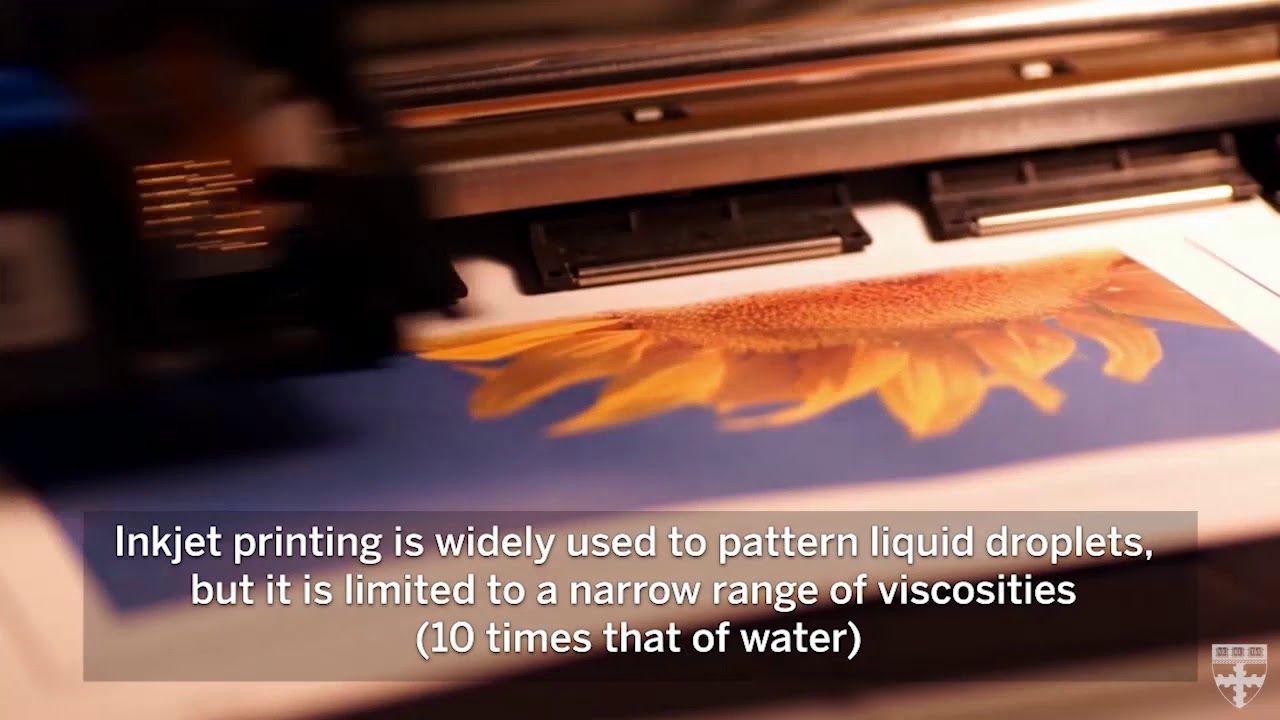

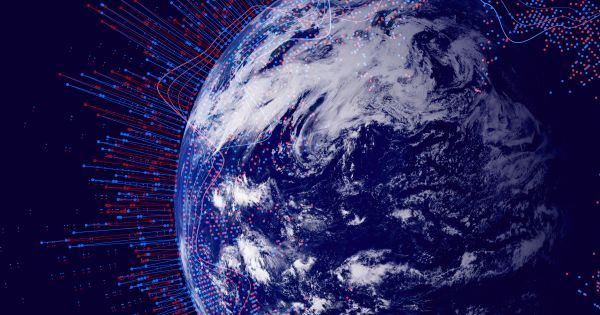

This video is the second in a two-part series discussing 5G. In this video, we’ll be discussing the transition from fourth to fifth generation mobile networks along with the timeline for deployment of 5G infrastructure we can expect to see.
[0:35–5:15] First we’ll take a look at how 4G networks have been evolving and their future trajectory, as well as the organizations in charge of setting the standards for a mobile generation.
[5:15–9:55] Following that, we’ll look at how 4G networks will ease the transition to 5G, unlimited data plans and some of the use cases opened up by 4.5G/5G.
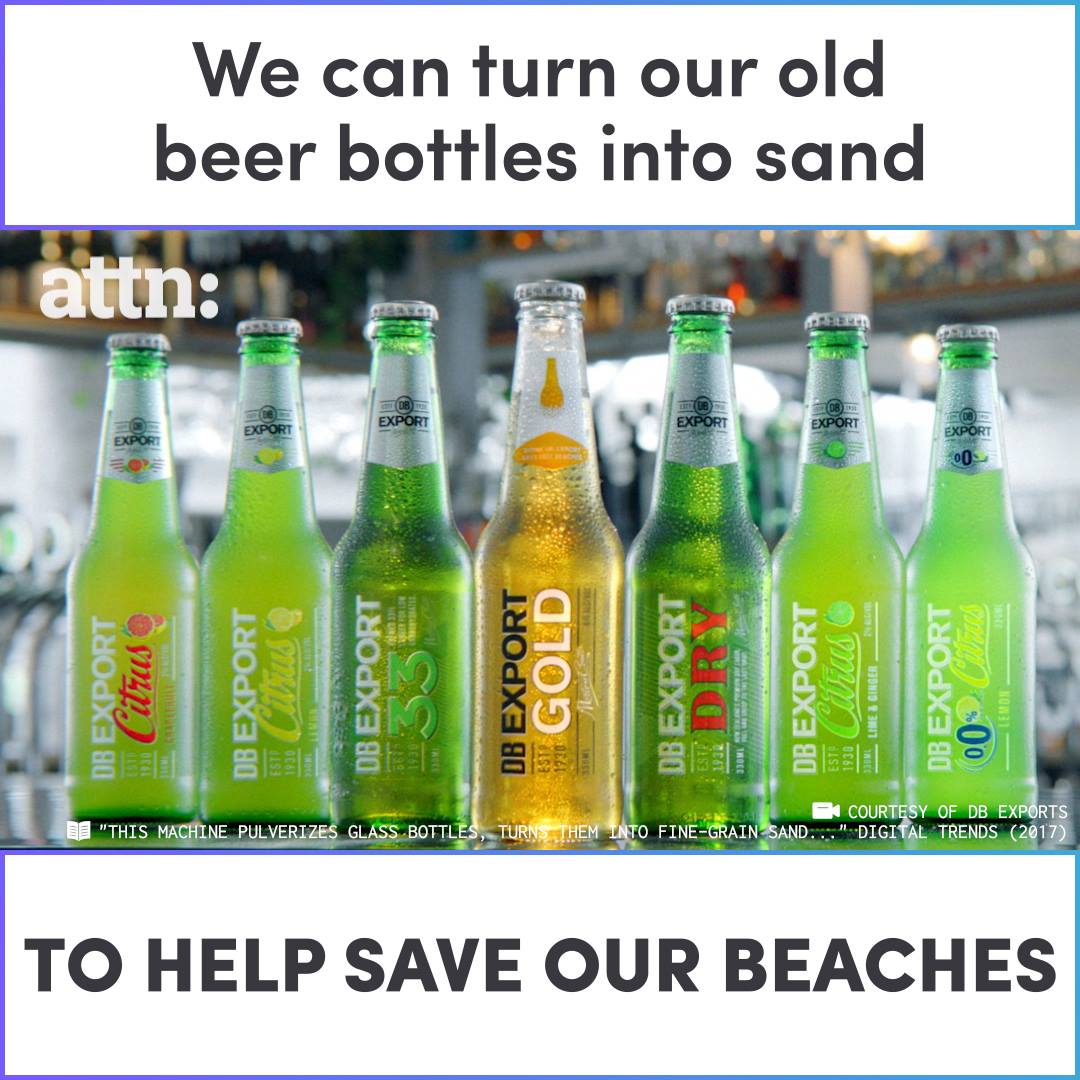

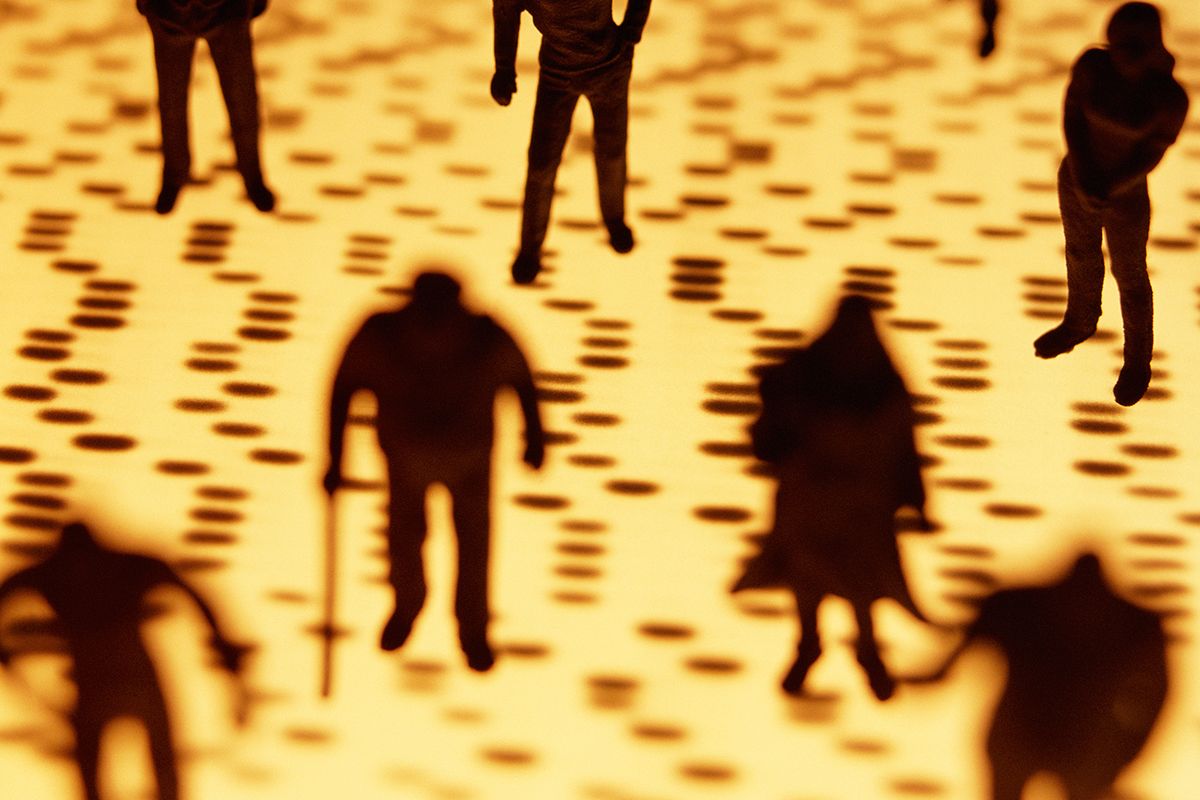
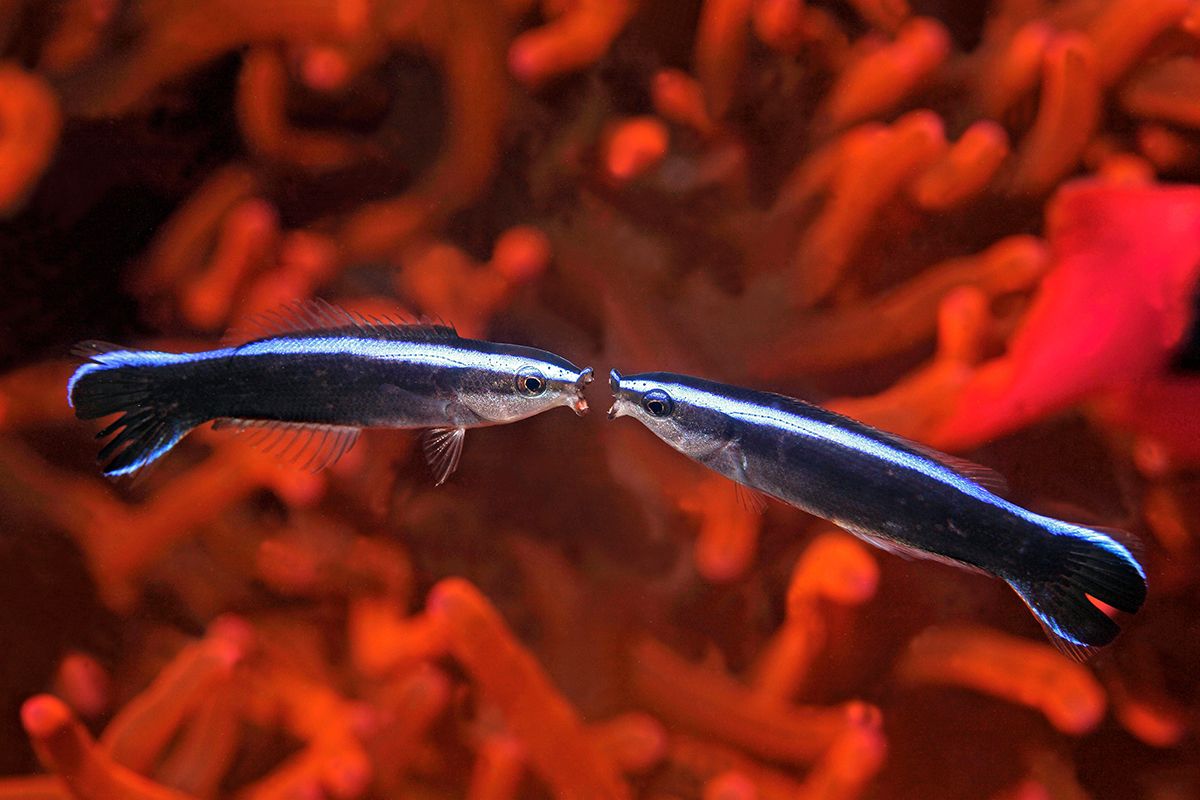
By Yvaine Ye
The cleaner wrasse is only the size of a human finger but it has become the first fish ever to pass the mirror test – a classic experiment used to gauge self-awareness in animals.
Until now, only relatively intelligent animals – including apes, dolphins, elephants and magpies – have passed the test, which demonstrates whether an individual can recognise itself. But in 2016, two manta rays were filmed checking out their reflections in a mirror in a fish tank, suggesting that fish may be able to …
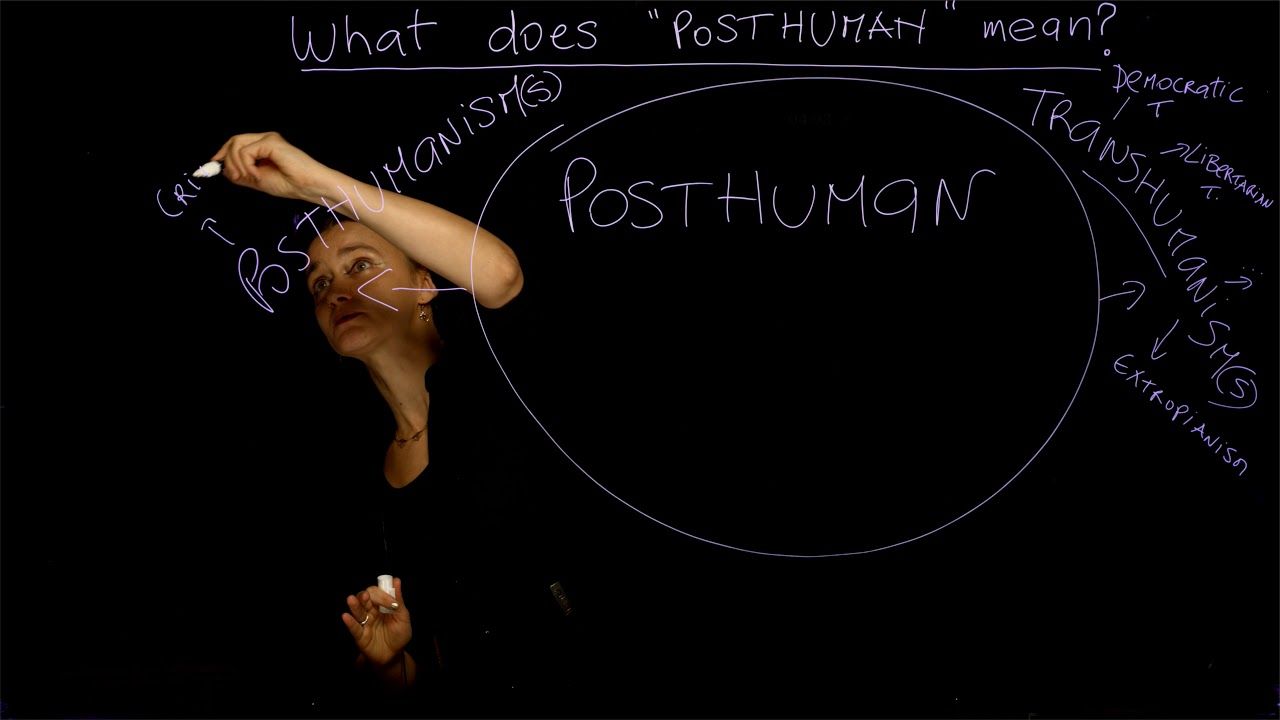
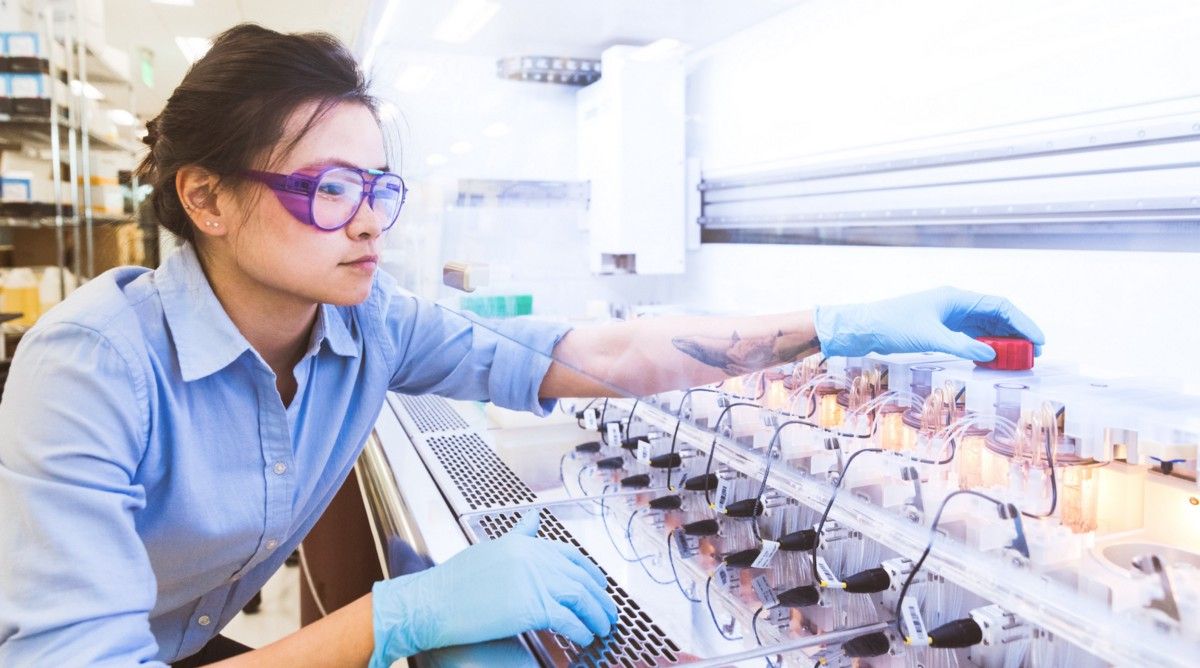
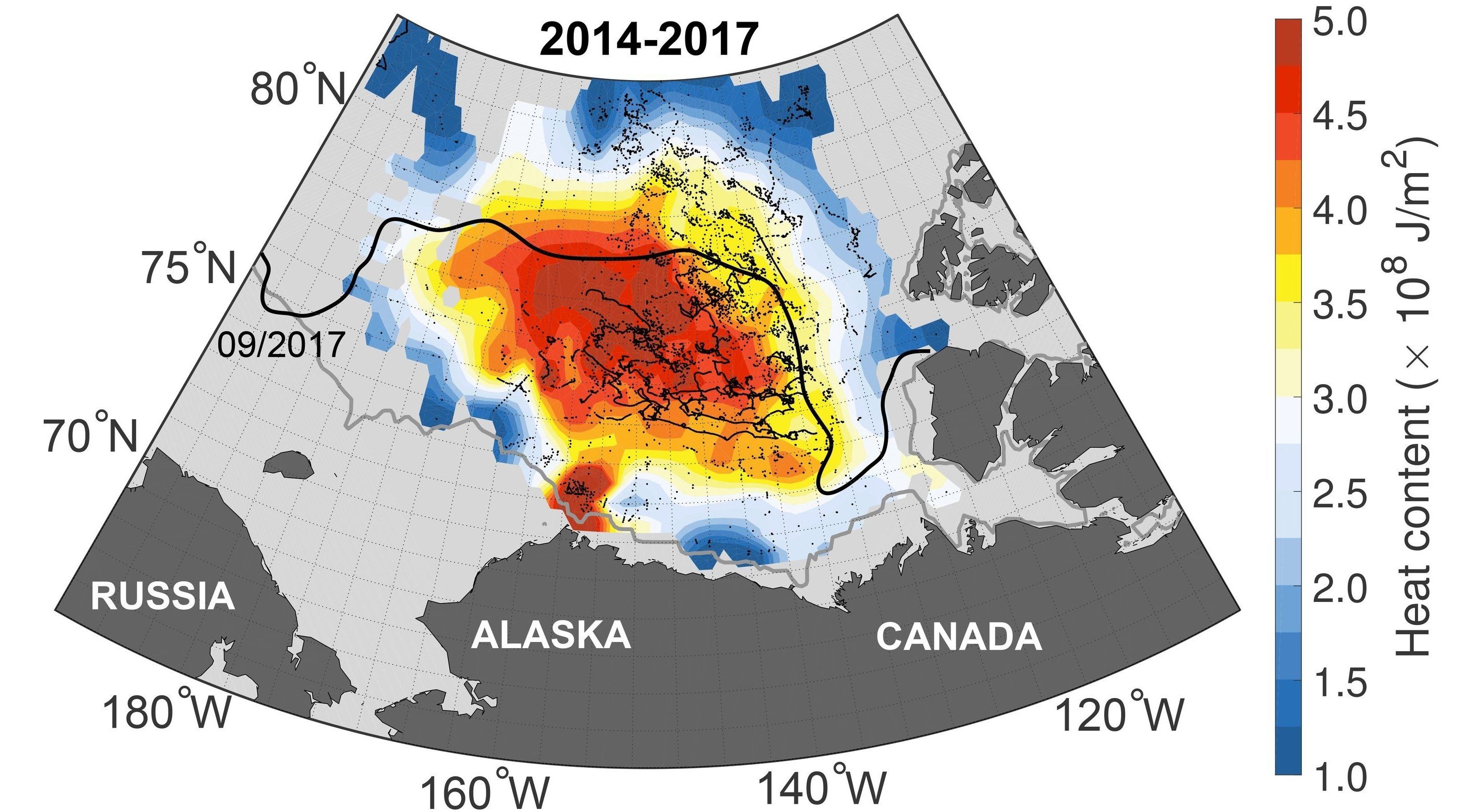
Arctic sea ice isn’t just threatened by the melting of ice around its edges, a new study has found: Warmer water that originated hundreds of miles away has penetrated deep into the interior of the Arctic.
That “archived” heat, currently trapped below the surface, has the potential to melt the region’s entire sea-ice pack if it reaches the surface, researchers say.
The study appears online Aug. 29 in the journal Science Advances.